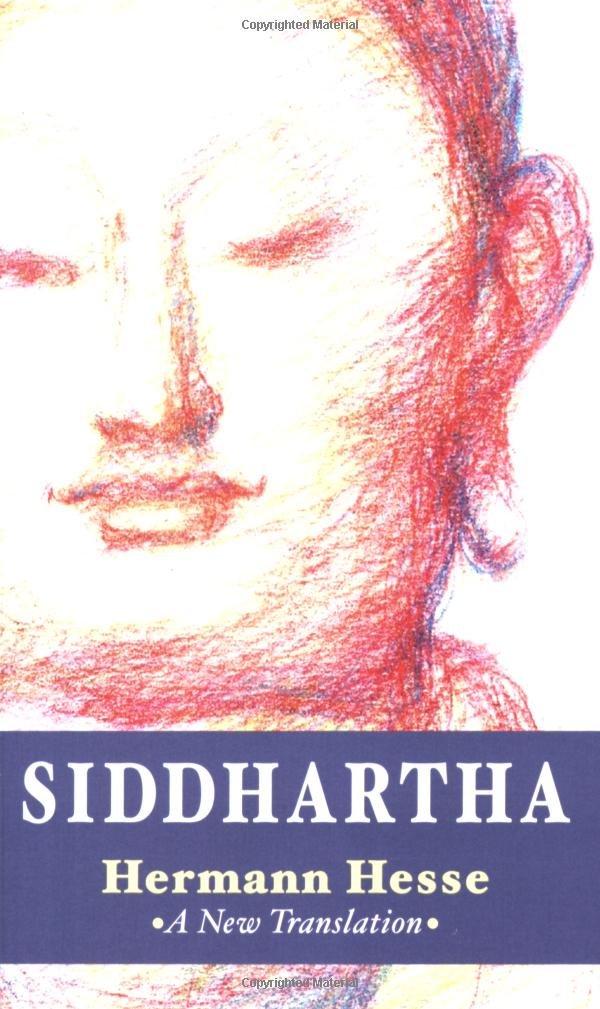內容簡介
內容簡介 ◎諾貝爾文學獎得主──赫曼赫塞一生追尋愛與真理的徹悟之作◎赫塞最受歡迎的作品,在印度被譯成十數種方言,也被廣泛譯成世界各國其他語言。◎以印度、佛教、東方哲學為背景,卻巧妙揉入西方哲學和世界觀的心靈小說:透過主角幾個階段的不同生活遭遇,帶出不同的體驗領悟;也充分表達赫塞對宗教、印度文化、東方哲學的體驗、理解和愛慕。「我的情人,你還是當你的沙門,而你還是不會愛我,你不愛任何人,不是嗎?」「也許吧,我就像你,你也不愛任何人。我們這一類人也許不會愛人。但童稚之人可以,這是他們的神祕之處。」我從我的身體和心靈經驗到,我非常需要罪,需要肉慾,追求財富,需要虛榮和最受輕視的絕望,好學會放棄抗爭,好學著愛這個世界,不再將它和我所期望的、所想像的任何一個世界相比較,不再和我所構想出來的圓滿形式一較高下,而是讓這世界就是這個樣子,愛這樣的世界,樂於成為其中一部分……主角悉達塔生於富裕的婆羅門世家,自小聰慧過人,本該跟著父親的腳步,成為一個偉大的智者和祭司,但他卻沒有走上出生以來幾乎可說是必然的道路,也未因尋求個人生死輪迴之苦的解脫而成為遠離俗世的苦行僧侶;他跳脫出身、階級和原本的生活氛圍,以他自己的、回歸世間的方式,孤身踏上無法言傳的求道之路,經歷「童稚之人」的悲歡離合……
作者介紹
作者介紹 Hermann Hesse was born in 1877 in Calw, Germany. He was the son and grandson of Protestant missionaries and was educated in religious schools until the age of thirteen, when he dropped out of school. At age eighteen he moved to Basel, Switzerland, to work as a bookseller and lived in Switzerland for most of his life. His early novels include Peter Camenzind (1904), Beneath the Wheel (1906), Gertrud (1910), and Rosshalde (1914). During this period Hesse married and had three sons. During World War I Hesse worked to supply German prisoners of war with reading materials and expressed his pacifist leanings in antiwar tracts and novels. Hesse's lifelong battles with depression drew him to study Freud during this period and, later, to undergo analysis with Jung. His first major literary success was the novel Demian (1919). When Hesse's first marriage ended, he moved to Montagnola, Switzerland, where he created his best-known works: Siddhartha (1922), Steppenwolf (1927), Narcissus and Goldmund (1930), Journey to the East (1932), and The Glass Bead Game (1943). Hesse won the Nobel Prize for Literature in 1946. He died in 1962 at the age of eighty-five.
